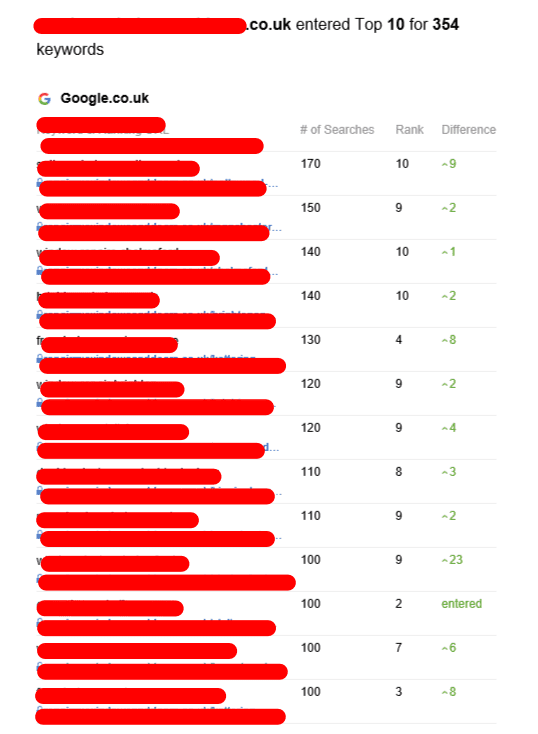Tiered Link Building
Tiered link-building is a popular SEO strategy to build backlinks that increases your website's PageRank. It is a black hat method that could result in the issuance of a Google penalty.
First-tier backlinks are trustworthy, high-quality links that drive many PageRank towards your site. They typically come from press releases, guest posts as well as social media profiles and directories.
Tier 1
Tiered link building is a way to increase the authority of your domain by linking to other websites that have an excellent ranking. This is known as link juice transfer, and is a powerful method of SEO. Link building can be done by hand or with automated tools. If you are using automation tools, it is important to follow Google's Webmaster guidelines. If you don't, you could be in violation of the terms of service and risk getting penalized.
A first-tier backlink can be described as a dofollow link that passes PageRank value to the targeted website from its parent website. You can find these links by practicing link outreach and by creating relevant content. You'll want links from reputable sites with high authority in the domain. For instance, a top-tier link to Real Business could be useful in your field since it would pass a lot of authority in ranking to your site.

By pointing to guest blog articles from higher-ranking sites, you can improve your domain's authority. This is a reliable method to boost your rankings as it will signal that you're in a positive relationship with a site with a higher authority. These links are available through forums, social media and bio profiles. You should avoid using Tier 2 backlinks from websites that contain spammy content.
Tier 2
Tier 2 backlinks are an excellent method to boost the performance of your existing links. These links can increase your Google rankings and increase the number of visitors to your website. Tier 2 backlinks are less expensive than first-tier backlinks. It is recommended to only build Tier 2 backlinks to pages that have a high domain authority. Selecting the right link building strategy will ensure that your campaign will be successful.
In the case of the second tier of backlinks, quality isn't as important as it is for first-tier links. In fact you can make use of links from websites with a lower domain authority as long as they aren't unprofessional. This includes directories, review sites, and social bookmarking sites. Additionally, it includes forum links and web 2.0 links. However, it is crucial to avoid using automated tools for tier 2 backlink s as they can be easily flagged by search engines.
When choosing a Tier 2 donor site, it is important to choose one that has a good reputation and is relevant to the subject you're writing about. For instance, if you're writing about digital marketing firms it is important to choose websites that have an excellent SEO profile and a large online audience. Otherwise, you could be spending your time and money. Therefore, it is recommended to pick a tier 2 donor site with a DR that is between 20 and 50.
Tier 3
Tier 2 backlinks can be used to boost existing links with strong page power. They can also be used to boost the authority of new sites or blog posts that require some extra help ranking on Google. However, you should be cautious when you make use of backlinks from tier 2. It is not recommended to use tier 2 links to link directly to the money website. Instead it is recommended to build them using top-quality sites that have a strong domain authority.
Second-tier backlinks could be made up of dofollow and nofollow links, and should be obtained from trustworthy, reliable websites. This includes PBNs (public-private networks) articles directories forums social media posts, and web 2.0 websites. It is crucial to remember that you must comply with Google's guidelines for building links on this type of website.
Tier 3 links are the least-quality links that you can use in your link building strategy. They're usually nofollow and don't have much link equity, but they can still increase the authority of your website's domain. This can help it get higher rankings on search engine results and lead to increased visitors and sales.
Many SEO practitioners are currently using tier-based link building but there are risks involved. In fact, it could be seen as a gray-hat SEO method that is in violation of Google's guidelines and could result in penalties. It may be effective in certain circumstances, but it's essential to do your research to find the most effective strategy for your company.
Risks
Tiered link creation is a controversial technique that can be detrimental to your website's SEO. Tiered links work only in the event that they are your sole option to increase your backlink profile, and you have the resources to make it happen. You could end up sprinkling your site with Google and risking a penalty.
Tier links can be dangerous, especially if they are employed in a black-hat way. These are usually linked schemes that can be temporary. At some point, Google will recognize the scheme or you'll become tired of maintaining on your fake backlinks and the whole thing will be smashed down.
Another problem with tiered link is that they can harm your rankings by giving away too much link juice. If you're receiving too many links from sites that aren't worth your time Your metrics will drop. This happens when businesses use automated backlinking tools to create too many links.
Additionally, tiered links can be hard to track and monitor. It is imperative to use a tool that allows you to see all links within your backlink profile to monitor their performance. It's easy to overlook some links and miss out on their significance. The good news is that there are many ways to get your backlinks. The results are long-lasting.
